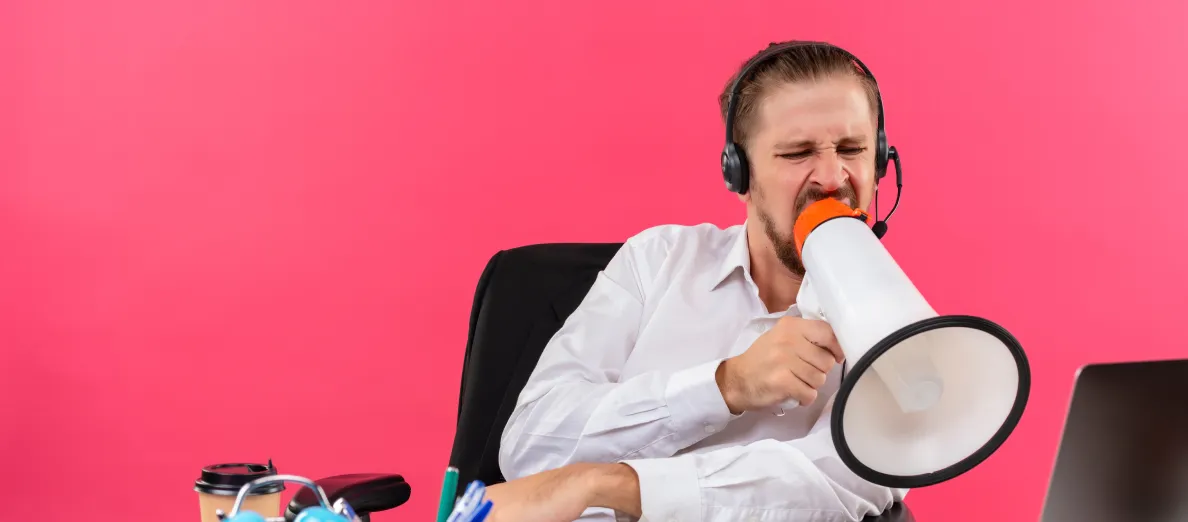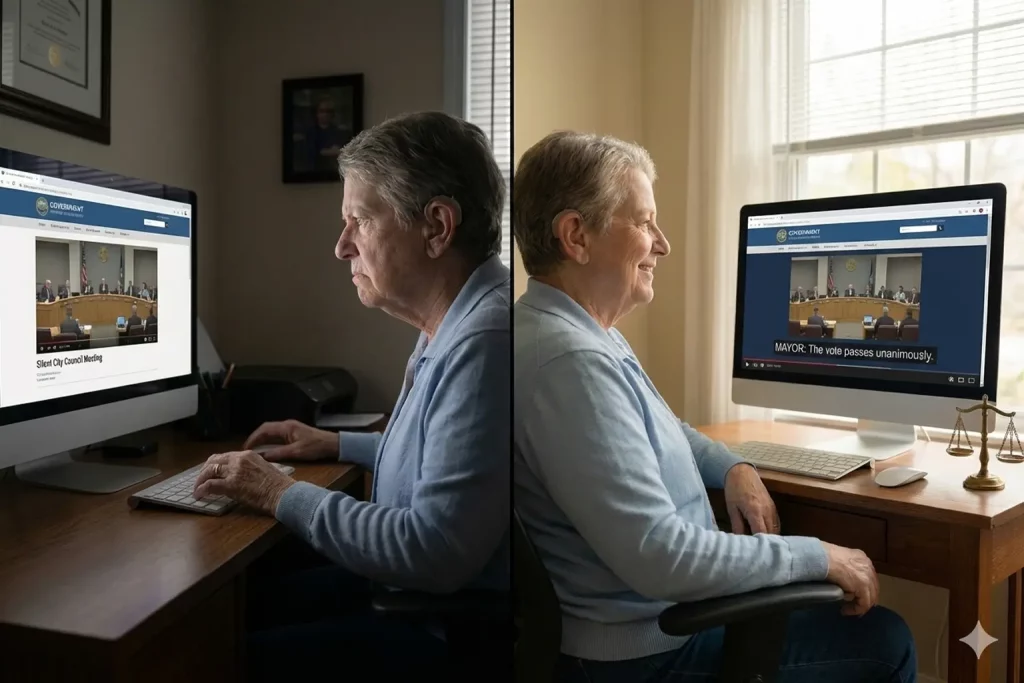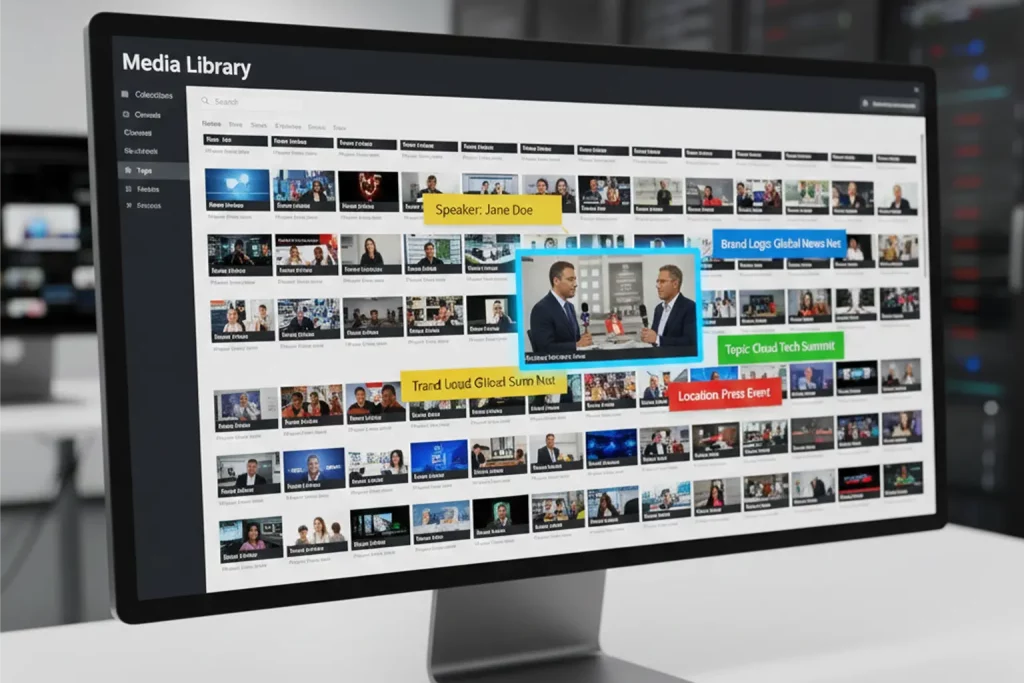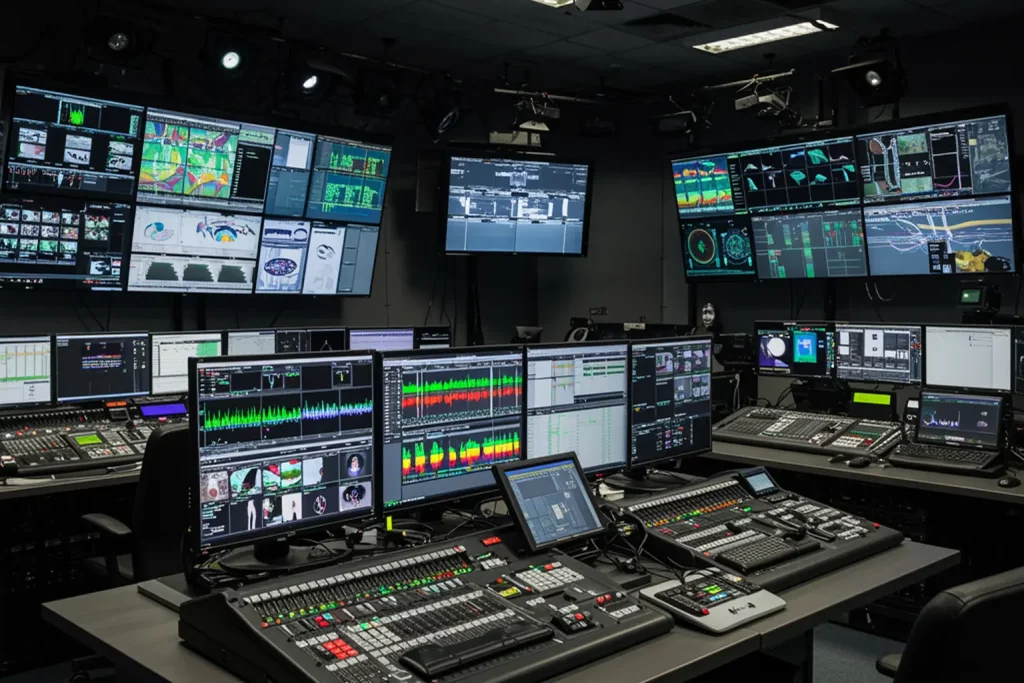In the world of broadcast media, loudness compliance isn’t just a technical term—it’s a necessary standard to ensure a balanced and enjoyable listening experience. From ensuring commercials don’t blare louder than TV shows to maintaining consistent audio levels across streaming platforms, loudness compliance affects us all. This guide dives into the intricacies of loudness compliance, exploring its importance, standards, regulations, tools, and practical tips to ensure you hit the right notes every time.
What Is Loudness Compliance?
Loudness compliance ensures audio levels meet predefined industry standards. It keeps audio consistent across media, eliminating abrupt volume changes that frustrate viewers and listeners. It’s more than a technical requirement for broadcasters and content creators—it’s the foundation of professional sound quality.
How Loudness Compliance Works
Loudness compliance measures audio levels using standards like LKFS (Loudness, K-weighted, relative to Full Scale). These standards set thresholds for integrated loudness, peak loudness, and true peak levels. Compliance tools analyze audio signals to verify they fall within these thresholds, ensuring consistency across audio outputs.
The Importance of Loudness Compliance in Broadcast
Loudness compliance isn’t optional for broadcasters—it’s mandatory. Without compliance, networks risk alienating audiences and facing regulatory penalties.
Enhancing the Viewer Experience
Consistent audio levels create a seamless viewing experience. Loudness compliance ensures commercials don’t overpower regular programming, reducing the need for viewers to adjust their volume constantly.
Maintaining Professional Standards
Broadcasters who adhere to loudness standards showcase professionalism. This is especially critical in an era where streaming platforms and traditional broadcasts compete for audience loyalty.
Avoiding Legal Penalties
Non-compliance can lead to fines, especially under laws like the CALM Act in the U.S. Staying compliant is not just ethical—it’s good business.
Simplifying Loudness Compliance with Digital Nirvana
At Digital Nirvana, we understand the challenges of maintaining loudness compliance across various platforms. Whether creating content for broadcast television or streaming services, ensuring your audio meets industry standards is crucial for delivering a seamless viewer experience. Our advanced solutions are designed to help you achieve compliance effortlessly without compromising quality.
How We Help You Stay Compliant
Our audio and video compliance tools provide real-time monitoring and post-production analysis to meet regulations like the CALM Act, ITU-R BS.1770, and EBU R128. With built-in loudness metering, error detection, and automated corrections, we simplify achieving consistent audio levels.
- Real-Time Monitoring: Our AI-driven monitoring systems detect audio inconsistencies in real-time, ensuring your broadcasts stay compliant during live events.
- Automated Loudness Adjustments: We streamline compliance by automatically adjusting audio levels to match the required loudness standards, saving your team hours of manual labor.
- Scalable Solutions: Whether you’re a small production house or a global media network, our tools are built to adapt to your needs and offer scalable support for various workflows.
Why Digital Nirvana?
As industry leaders in compliance and media monitoring, we combine cutting-edge technology with a customer-centric approach. Our team understands the nuances of loudness compliance and works closely with your production team to ensure your content consistently meets standards. With our expertise, you’ll avoid penalties and deliver an enhanced listening experience that resonates with your audience.
Tailored for the Future
Loudness compliance isn’t static; it evolves with technology and regulations. Our solutions are designed with future-proof features, ensuring you stay ahead of industry changes. From integrating with advanced audio workflows to adapting to emerging standards, our tools keep your production process smooth and compliant.
Let Us Help You
Digital Nirvana isn’t just a technology provider—we’re your partner in achieving audio excellence. If loudness compliance feels like a roadblock, we’re here to turn it into an opportunity for professional growth.
By integrating Digital Nirvana into your production pipeline, you can focus on creating impactful content while we handle the complexities of compliance. Learn more about our solutions today and experience the difference we bring to broadcast and streaming workflows.
Key Standards for Loudness Compliance
Regulations worldwide set specific benchmarks for loudness compliance. Here are the key standards every broadcaster should know.
ITU-R BS.1770
This international standard introduced Loudness Units relative to Full Scale (LUFS). It measures loudness over time, ensuring programs are consistent without dramatic spikes or drops.
EBU R128
Adopted by the European Broadcasting Union, this standard emphasizes momentary, short-term, and integrated loudness. It’s widely used across Europe and beyond.
CALM Act
In the U.S., the Commercial Advertisement Loudness Mitigation (CALM) Act ensures that ads don’t play louder than TV shows. It’s a consumer-friendly law designed to keep audio levels balanced.
Regulations and Standards
Understanding the CALM Act and Its Implications
The CALM Act mandates that commercials must align with the loudness levels of accompanying programming. Enforced by the FCC, the law is designed to end the jarring experience of excessively loud ads. Broadcasters must regularly monitor and adjust their content to remain compliant.
A Deep Dive into ITU-R BS.1770
ITU-R BS.1770 defines a consistent method for measuring loudness. Its algorithm accounts for human hearing sensitivity, ensuring accurate loudness measurements regardless of content type.
How EBU R128 Changed the Landscape of Audio Loudness
EBU R128 brought a revolutionary approach to loudness, replacing peak normalization with loudness normalization. This ensures consistent listening experiences across platforms and devices.
Regional Loudness Standards: A Global Perspective
While the CALM Act dominates in the U.S., other regions have their standards. For instance:
- Japan: ARIB TR-B32
- Australia: OP-59
- Canada: CBC/Radio-Canada guidelines
Broadcasters working internationally must adapt their practices to these regional standards.
Measuring and Monitoring Loudness
Tools for Measuring Loudness: What You Need to Know
Loudness meters are essential for compliance. Popular tools include:
- iZotope Insight 2: Advanced metering with a user-friendly interface.
- Nugen Audio VisLM: Real-time loudness metering tailored for broadcasters.
- Dolby Media Meter: A reliable option for post-production.
How to Use a Loudness Meter Effectively
- Set Your Target Loudness: Adjust your project settings to match the required standard (e.g., -24 LKFS for U.S. broadcasts).
- Analyze Integrated Loudness: Measure the overall loudness of your content to ensure consistency.
- Check True Peaks: Identify and correct peaks that exceed thresholds.
Common Pitfalls in Loudness Measurement
- Ignoring Integrated Loudness: Measuring momentary loudness alone can lead to non-compliance.
- Relying on Peak Normalization: Loudness normalization is the industry standard.
- Using Outdated Tools: Modern loudness meters are more accurate and user-friendly.
Real-Time vs. Offline Loudness Monitoring
- Real-Time Monitoring: Ideal for live broadcasts, it provides immediate feedback on compliance.
- Offline Monitoring: Suitable for post-production, allowing detailed analysis and correction.
Practical Tips for Achieving Compliance
A Step-by-Step Guide to Mixing for Loudness Compliance
- Set Your DAW Preferences: Ensure your digital audio workstation (DAW) supports loudness metering.
- Analyze the Audio: Use a loudness meter to identify problem areas.
- Adjust Dynamics: Use compression and limiting to balance loudness without distorting the quality.
- Recheck Loudness Levels: Verify that the final mix meets the target loudness standard.
Essential Software and Plugins for Loudness Management
- Waves WLM Plus: A comprehensive tool for loudness metering and correction.
- TC Electronic LM2n: Accurate loudness analysis with built-in compliance presets.
- FabFilter Pro-L2: A versatile limiter that ensures compliance without sacrificing sound quality.
Common Errors in Loudness Mixing and How to Avoid Them
- Over-Compression: Leads to flat, lifeless audio. Use gentle compression settings instead.
- Inconsistent Levels: Pay attention to transitions between scenes or tracks.
- Neglecting True Peak Limits: Always monitor peaks to prevent distortion.
Conclusion
Loudness compliance is more than a technical requirement; it’s the hallmark of professional audio production. By understanding the standards, using the right tools, and following best practices, you can ensure your content is compliant and delivers an exceptional listening experience. Don’t let loudness issues hold your content back—stay consistent, stay professional, and make an impact.
Digital Nirvana: Empowering Knowledge Through Technology
Digital Nirvana stands at the forefront of the digital age, offering cutting-edge knowledge management solutions and business process automation.
Key Highlights of Digital Nirvana –
- Knowledge Management Solutions: Tailored to enhance organizational efficiency and insight discovery.
- Business Process Automation: Streamline operations with our sophisticated automation tools.
- AI-Based Workflows: Leverage the power of AI to optimize content creation and data analysis.
- Machine Learning & NLP: Our algorithms improve workflows and processes through continuous learning.
- Global Reliability: Trusted worldwide for improving scale, ensuring compliance, and reducing costs.
Book a free demo to scale up your content moderation, metadata, and indexing strategy for your media assets with minimal effort and get a firsthand experience of Digital Nirvana’s services.
FAQs About Loudness Compliance
1. What is the standard loudness level for TV broadcasts?
In the U.S., the standard is -24 LKFS ±2 dB as per the CALM Act.
2. How can I check if my audio meets loudness standards?
Use loudness metering tools like iZotope Insight 2 or Nugen Audio VisLM to analyze your audio levels.
3. What happens if my broadcast doesn’t meet loudness compliance?
Non-compliance can lead to fines and damage your brand’s reputation.
4. Is loudness compliance necessary for streaming platforms?
Yes, platforms like Netflix and Spotify have their loudness standards to ensure a consistent user experience.
5. Can I achieve loudness compliance without expensive tools?
Free tools like Youlean Loudness Meter can help small creators meet compliance standards, but if you are a big business or have more complex needs it is best to consult veterans in this industry.




